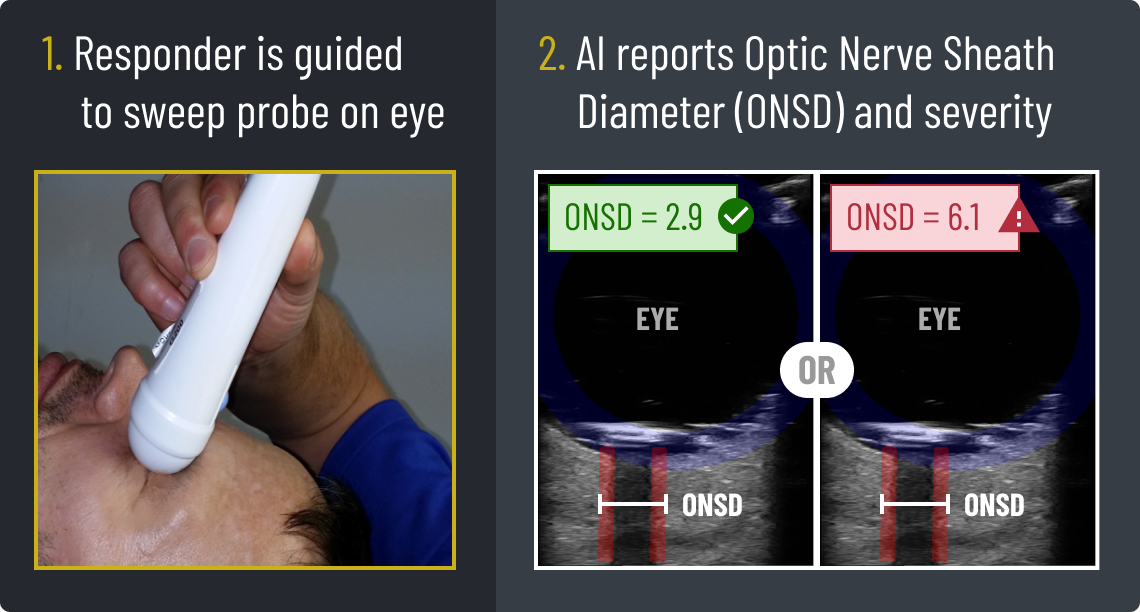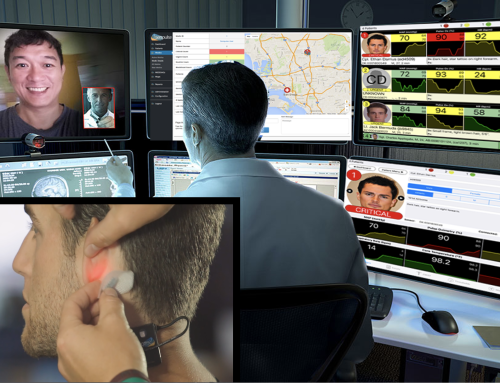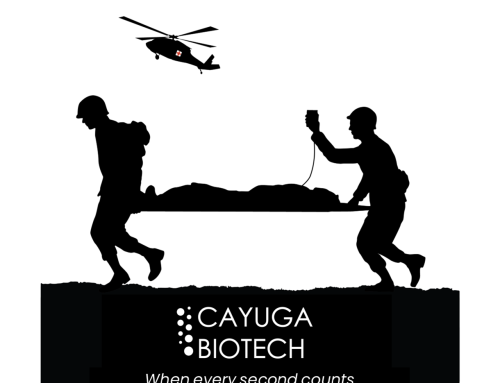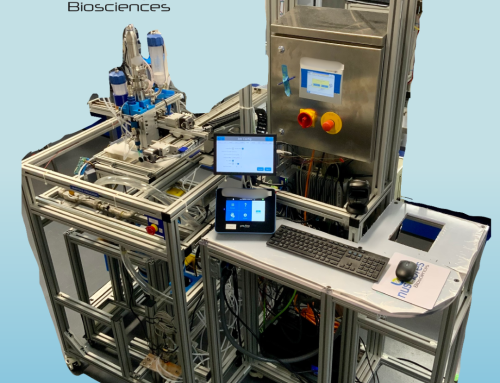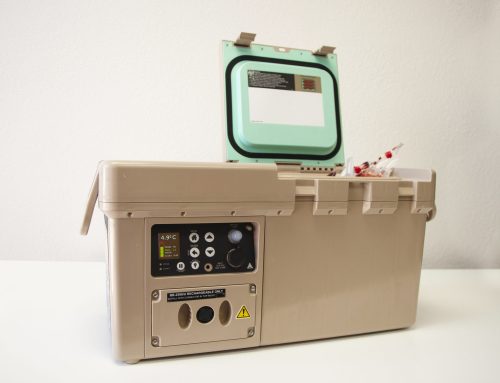During frontline medical emergencies, as encountered in far-forward military or civilian pandemic environments, ultrasound devices may be readily available but the expertise to use them is often not. The deployment of artificial intelligence (AI)-enhanced point-of-care ultrasound (POCUS) systems is key in providing timely, rapid, and effective ultrasound-based exams in these critical situations.
As part of MTEC solicitation #19-08-MuLTI, Kitware Inc. and Duke University have been funded to create an AI-enhanced system for detecting severe traumatic brain injury (TBI) by augmenting commercially-available POCUS devices with AI algorithms. Major, acute subdural hematomas in these patients produce life-threatening elevated intracranial pressure (ICP > 20 mmHg) which, if detected and treated more than four hours after the injury, are associated with 90% mortality. However, if detected and treated earlier, there is only a 30% mortality rate. The proposed easy-to-use, non-invasive, and portable system will detect elevated ICP in real-time from automated measurements of optic nerve sheath diameter (ONSD) and can be operated by personnel unskilled in ultrasonography.
A human study (with healthy volunteers and emergency TBI patients) has been recently approved by Duke’s Institutional Review Board (IRB) and will be submitted to the U.S. Army’s Human Research Protections Office (HRPO) for final approval. The real-time AI algorithm is being developed using the open source software platform ITK (with recent enhancements for data science) and PLUS libraries. The POCUS devices from Sonivate, Clarius, Interson, Butterfly, and Sonoque are being evaluated as the system’s commercial devices. In addition, the team has discovered extensive variations in image quality across the ultrasound probes, and is in the process of determining its impact on the performance of the AI. In response to this, planned studies now include, for example, a commercial ultrasound calibration phantom so that absolute measures of accuracy and consistency can be generated.

